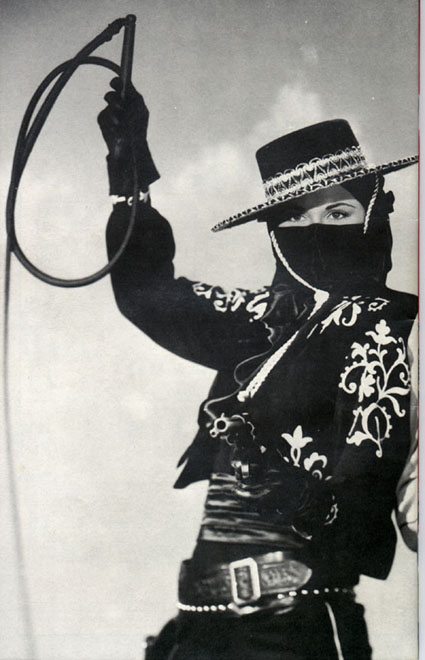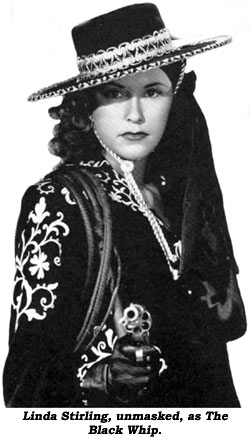
A Review of FTA (1972), Out On DVD, With Notes On Theater of War (2008)
By Penelope Andrew
Thirty-six years ago and about a minute before she was smeared and dubbed “Hanoi Jane,” Jane Fonda, Donald Sutherland and six of their “trouble-making” friends were the subject of a documentary film called FTA. They formed a touring company of activist actors, comedians, singers, and writers who performed in coffeehouses and other venues as close as possible to U.S. military bases in the states and later across the Pacific Rim. They were the thinking troops’ troupe, an anti-USO show, and an alternative to Bob Hope who had previously cornered the market on entertaining the military.
Recently, the IFC Center—the art house Villagers love so well--held two special screenings of this little known documentary by the late director (and incidentally, the first female member of the Directors Guild of America) Francine Parker. It’s hardly been seen since its original release in 1972. FTA is a multi-purpose acronym and variously defined as “Free the Army,” “Free Theater Associates,” or, the soldiers’ favorite term, “F*ck the Army.”
Upon learning of the event, a community organizer from the 1960s, former SDS member, long-time friend of Tom Hayden and busy social worker to this very day cut to the heart of the matter in a phone message, “I am going to go. I’ll be late, so save me a seat. You’ve probably figured out by now that FTA is about Jane and Donald Sutherland’s anti-war tour back in the old 70s when we only had ONE war.”
It’s very interesting that FTA’s re-release follows, by about a month, the theatrical debut of its contemporary first-cousin, Theater of War (2008)—at The Film Forum--which documents the making of the Public Theater’s 2006 production of Mother Courage and Her Children with a cast led by Meryl Streep.
These celluloid monuments drive home the genius of two of the most potent, anti-war writers who ever lived: Dalton Trumbo and Berthold Brecht. Both appeared before the HUAC. Trumbo was jailed for 11 months on contempt charges for failing to name names, while Brecht literally waltzed his way through with a performance of very broken English with a snappy German accent. In Theater of War, one is treated to a large dose of Mother Courage by way of a new translation by Tony Kushner and a behind-the-scenes glimpse into the artistry of Streep finding her character in a fascinating rehearsal process.
By contrast, FTA is raw. It underscores how infectious was the movement of the 60s and 70s captured through a lens that focuses on: a naïve, fresh-faced Holly Near acting (albeit poorly, but with a lovely enthusiasm) the part of a privileged officer’s wife; the effectiveness of songs (“We Will Not Bow Down to Genocide”) sung simply by folk musician Len Chandler and ballads (“Dear Soldier, We Love You”) performed and written by the talented Rita Martinson; and poetry and skits by the rest of a dedicated cast who worked at fever pitch unencumbered by a need for perfection. The gifted comedian, social satirist and writer Paul Mooney was also part of the company. He participated in a panel with Fonda that introduced the earlier screening of FTA.
The “a spit and a prayer production” as Fonda lovingly calls it traveled a long way to reach American troops who were questioning their roles and actions as military men and women. FTA offered much needed support for those who joined the perilous ranks of Vietnam Veterans Against the War (for one of its most famous members, Senator John Kerry, it may well have cost him the presidency).
The troupe organized communities at home and abroad (just like our current president did in Chicago, it’s obviously an effective and infectious way of getting important things done) and managed to form bonds both small and large regardless of where it landed. There are scenes with Fonda and cast sitting down with individual soldiers: Black-Americans reporting racism and abuse by their white (aptly named) master sergeants; heartbreaking commentary by wounded, shell-shocked, white soldiers who wander the streets of Japan; and young women soldiers retelling stories of being cajoled into getting on “the Pill” for the implied purpose of servicing their male counterparts. The footage of concerts and large-scale demonstrations involving the local talent of organizers, labor unions and artist/activists in Hawaii, the Philippines, Okinawa and Japan is impressive.
In one of the most powerful scenes in the film, Donald Sutherland recites from Trumbo’s 1939, anti-war novel Johnny Got His Gun about a WWI soldier, Joe Bonham—not the average Joe that Sarah Palin nauseated the American public with but an extraordinary Joe--who has been maimed and disfigured beyond human recognition. One could hear a pin drop in the audience as the atmosphere filled with the fear all nightmares bring coupled with the majesty that occurs when a true artistic moment emerges. Sutherland—unlike the earthier James Cagney who performed the part of Joe in a radio adaptation of the book—speaks the part of the narrator trapped inside what is left of his own body on the scale of a preacher (perhaps reprising his role in Jules Fieffer’s Little Murders as the cynical 1972 review of FTA in The New York Times suggested), and one who is also well schooled in Shakespeare. Sutherland’s riveting oratory while clutching his beaten up copy of Johnny Got His Gun with its still-visible, iconic cover drew cheers from the audience and shouts of “Go Donald!”
Parker, Brecht and Trumbo may have passed on, but anti-war, anti-genocide and anti-poverty spirit continue in the genre of the documentary as practiced by the soothsayer Michael Moore (Fahrenheit 9/11), in the poetry of the images of Heddy Honigmann (Crazy), through the artistry of Errol Morris (Fog of War) and in the passion of Spike Lee (When the Levees Broke). Parker’s FTA has been restored from an archival print and is out on DVD with a bonus feature, a 20-minute interview with Jane Fonda revealing a ton of fascinating back story. Fonda—finding time between rehearsals for a new play 33 Variations—showed up to introduce both screenings of FTA and continues to set the record straight. “Go Jane!”
FTA (1972) directed by Francine Parker with Michael Alaimo, Len Chandler, Pamela Donegan, Steve Jaffe , Rita Martinson, Paul Mooney, Holly Near, Donald Sutherland and Jane Fonda. DVD 97 min. with bonus feature: interview with Jane Fonda.
Theater of War (2008) directed by John W. Walter with George C. Wolfe, Kevin Kline, Tony Kushner, Austin Pendleton, Jay Cantor, Meryl Streep and others.
Penelope Andrew, a NYC-based writer who contributes to The Huffington Post and Critical Women on Film, is a member of the Women Film Critics Circle. Her article: “Trauma & Recovery: A Review of I’ve Loved You So Long,” will appear in the Spring issue of the Newsletter of the American Association for Psychoanalysis in Clinical Social Work. She is currently at work on “Fog of War, Body of War, Theater of War and Michael Moore,” a paper for the Canadian film journal CineACTION. A certified psychoanalytic psychotherapist and licensed clinical social worker, she maintains a private psychotherapy practice in NYC. Her second-year internship as a social work graduate student involved working with Vietnam Veterans.

.jpg)



















Does anyone know if the FTA show performance in New York City (1972?) is available on film, DVD or tape? There were definitely cameras recording the event.
ReplyDelete